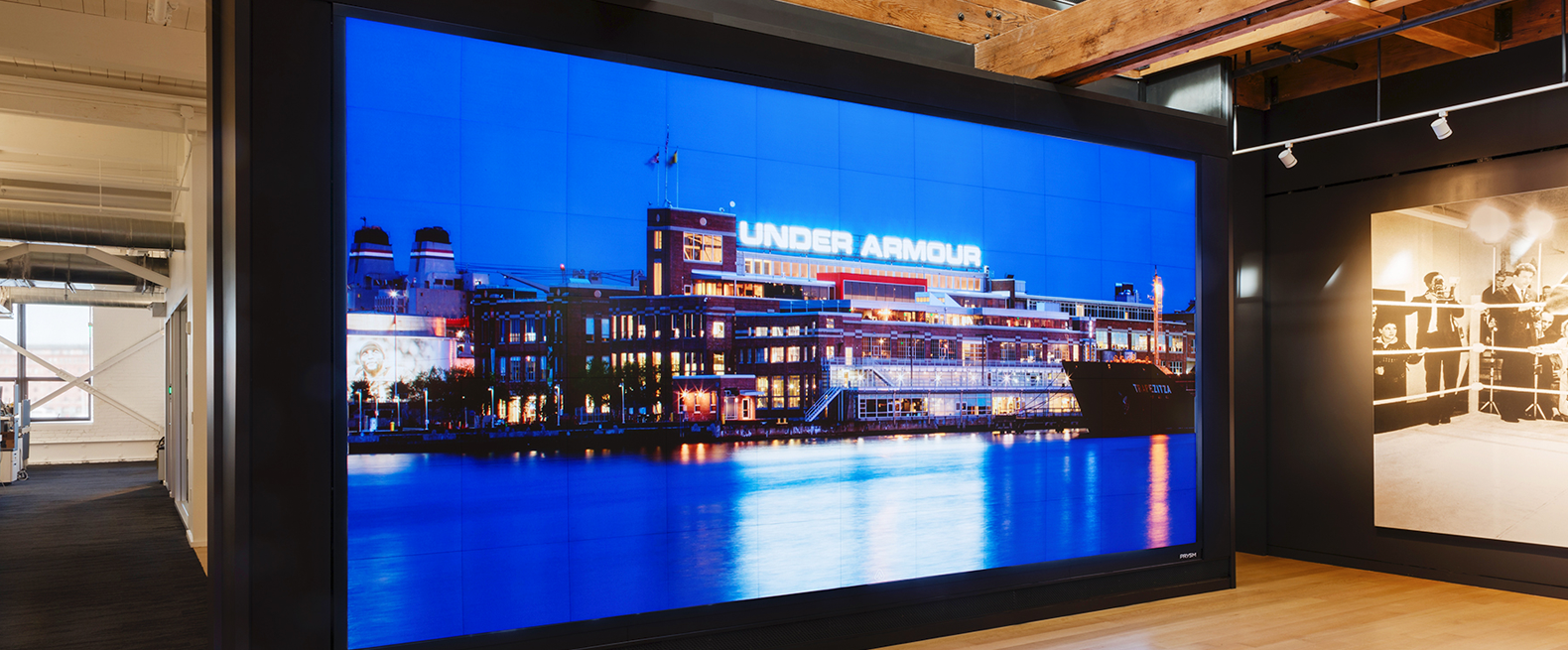Investigating the Longevity of Light Emitting Diode Display Panels in Contrast to Conventional Display Methods
Investigating the Longevity of Light Emitting Diode Display Panels in Contrast to Conventional Display Methods
Blog Article
Light-emitting diode wall screens have grown increasingly popular in current years, particularly in environments like schools, businesses, and community areas. These panels use light-emitting lights (LEDs) to produce vivid and vibrant images. One of the most notable benefits of LED technology is its durability in contrast to traditional display methods, such as CRT ray tubes (CRTs) and LCD display screens. Understanding the differences in lifespan and functionality between these technologies can assist consumers make informed choices about their display needs.
Classic screen technologies, like CRTs, have been present for many years. They were frequently used in televisions and PC screens. However, CRTs have a shorter duration, typically lasting approximately 10,000 to 20,000 hours of use. This means that after a few of years, users may observe a deterioration in picture clarity, such as fading or color distortion. In comparison, LED wall panels can last considerably longer, often exceeding 50,000 hours. This prolonged lifespan means that consumers can experience reliable functionality without the need for frequent substitutions.
Another important factor to take into account is energy efficiency. LED wall screens consume less energy than conventional displays, which not only helps the ecosystem but continue reading this also lowers electricity expenses. For instance, while a CRT monitor may use approximately 100 W of power, an LED screen can consume as little as 30 to 50 W. This discrepancy in energy consumption adds to the total durability of LED innovation, as lower power consumption generates less heat. Excess thermal energy can damage electronic parts, resulting to a shorter lifespan for conventional screens.
In addition to their longer lifespan and power conservation, LED wall panels also provide enhanced image quality. They offer more vivid colors and better contrast, making them perfect for multiple applications, from advertising to educational displays. The innovation behind LED panels enables for a wider sight angle, meaning that images remain sharp and lively even when seen from the side. This is a major benefit over traditional displays, which often suffer from color deformation and diminished brightness at wider angles.
In conclusion, the durability of LED panel screens compared to traditional display methods is a key aspect for buyers to consider. With lifespans that can exceed 50,000 hrs, power conservation, and enhanced visual quality, LED technology offers many benefits. As innovation continues to advance, LED panel panels are probably to become even more prevalent in multiple environments. Grasping these distinctions can help individuals and organizations make better decisions when purchasing in screen innovation, ensuring they receive the best value for their requirements.